Can You Eat Sweet Peas – Are Sweet Pea Plants Toxic
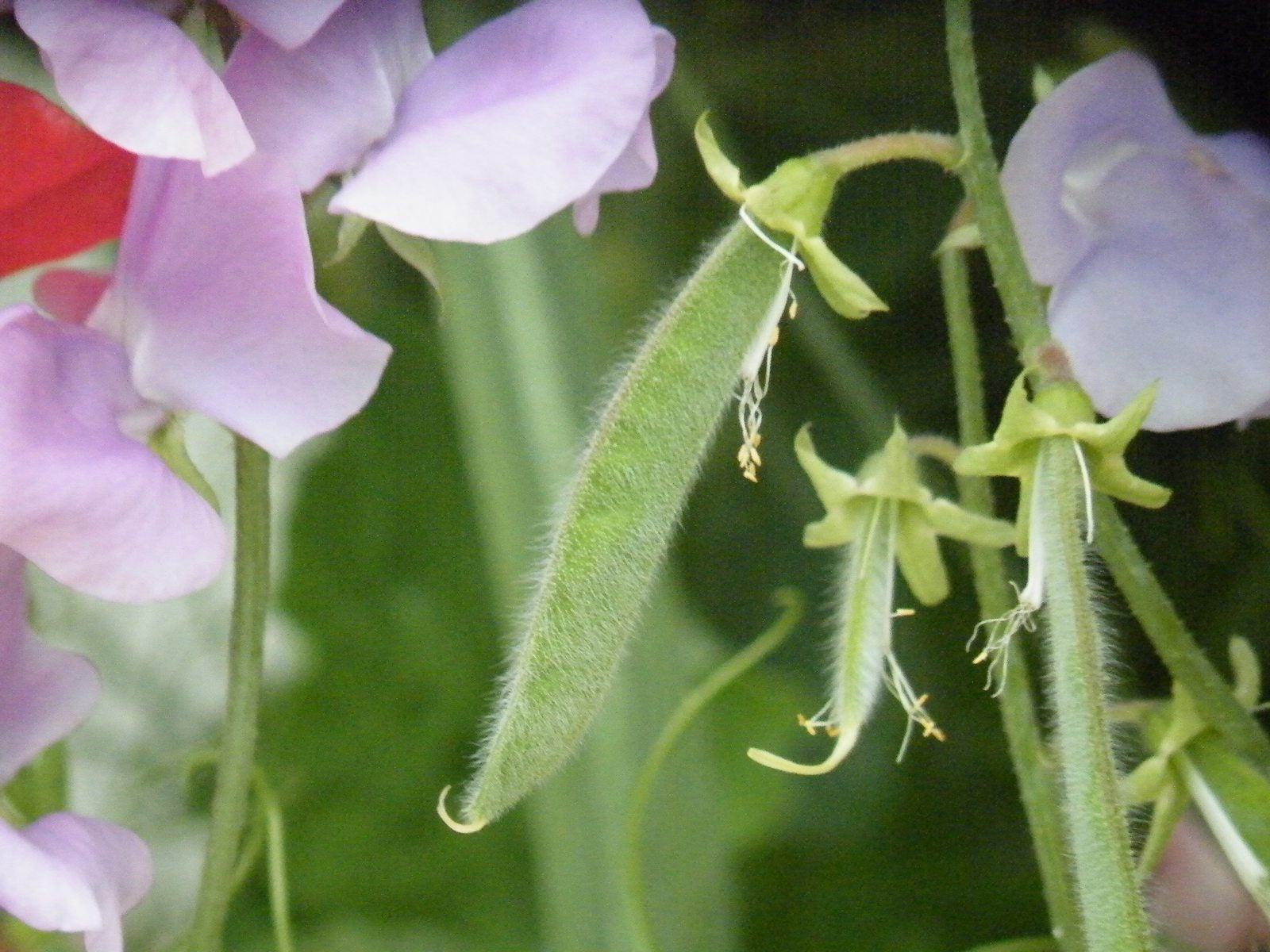
While not all varieties smell so sweet, there are plenty of sweet-smelling sweet pea cultivars. Because of their name, there is some confusion as to whether you can eat sweet peas. They certainly sound like they might be edible. So, are sweet pea plants toxic, or are sweet pea blossoms or pods edible?
Are Sweet Pea Blossoms or Pods Edible?
Sweet peas (Lathyrus odoratus) reside in the genus Lathyrus in the family Fabaceae of legumes. They are native to Sicily, southern Italy, and the Aegean Island. The first written record of the sweet pea appeared in 1695 in the writings of Francisco Cupani. He later passed the seeds onto a botanist at the medical school in Amsterdam who later published a paper on sweet peas, including the first botanical illustration.
Darlings of the late Victorian era, sweet peas were cross-bred and developed by a Scottish nurseryman by the name of Henry Eckford. Soon this fragrant garden climber was beloved throughout the United States. These romantic annual climbers are known for their vivid colors, aroma, and lengthy bloom time.
They blossom continuously in cooler climates but can be enjoyed by those in warmer regions as well. Sow seeds in the early spring in the northern regions of the States and in the fall for southern areas. Protect the delicate blossoms from the ravages of intense afternoon heat and mulch around the plants to retain moisture and regulate soil temps to extend the bloom time of these little beauties.
Since they are members of the legume family, people often wonder, can you eat sweet peas? No! All sweet peas plants are toxic. You’ve probably heard that pea vine can be eaten (and boy, is it delicious!), but that is in reference to the English pea (Pisum sativum), a completely different animal than sweet peas. There is, in fact, some toxicity to sweet peas.
Sweet Pea Toxicity
The seeds of sweet peas are mildly poisonous, containing lathyrogens that, if ingested, in large quantities can cause a condition called Lathyrus. Symptoms of Lathyrus are paralysis, labored breathing, and convulsions. There is a related species called Lathyrus sativus, which is cultivated for consumption by humans and animals.
Even so, this high protein seed, when eaten in excess over prolonged periods, can cause a disease, lathyrism, that results in paralysis below the knees in adults and brain damage in children. This is generally seen to occur after famines where the seed is often the only source of nutrition for extended periods of time.
Gardening tips, videos, info and more delivered right to your inbox!
Sign up for the Gardening Know How newsletter today and receive a free copy of our e-book "How to Grow Delicious Tomatoes".

Amy Grant has been gardening for 30 years and writing for 15. A professional chef and caterer, Amy's area of expertise is culinary gardening.
-
 Looking For Plants To Give You The Soft And Fuzzies? Try These 5 Fuzzy Leaf Plant Options
Looking For Plants To Give You The Soft And Fuzzies? Try These 5 Fuzzy Leaf Plant OptionsLovers of texture, drama, silver foliage and tactile plants will adore these special sensory garden additions. These fuzzy leaf plant options will leave you all aglow
By Susan Albert
-
 Get Ready For A Summer Of Hummers! Grow These Full Sun Hummingbird Plants and Flowers
Get Ready For A Summer Of Hummers! Grow These Full Sun Hummingbird Plants and FlowersIf you’re lucky enough to enjoy a sunny backyard, make sure you are maxing out on your pollinator opportunities and grow these full sun hummingbird plants and flowers
By Tonya Barnett
-
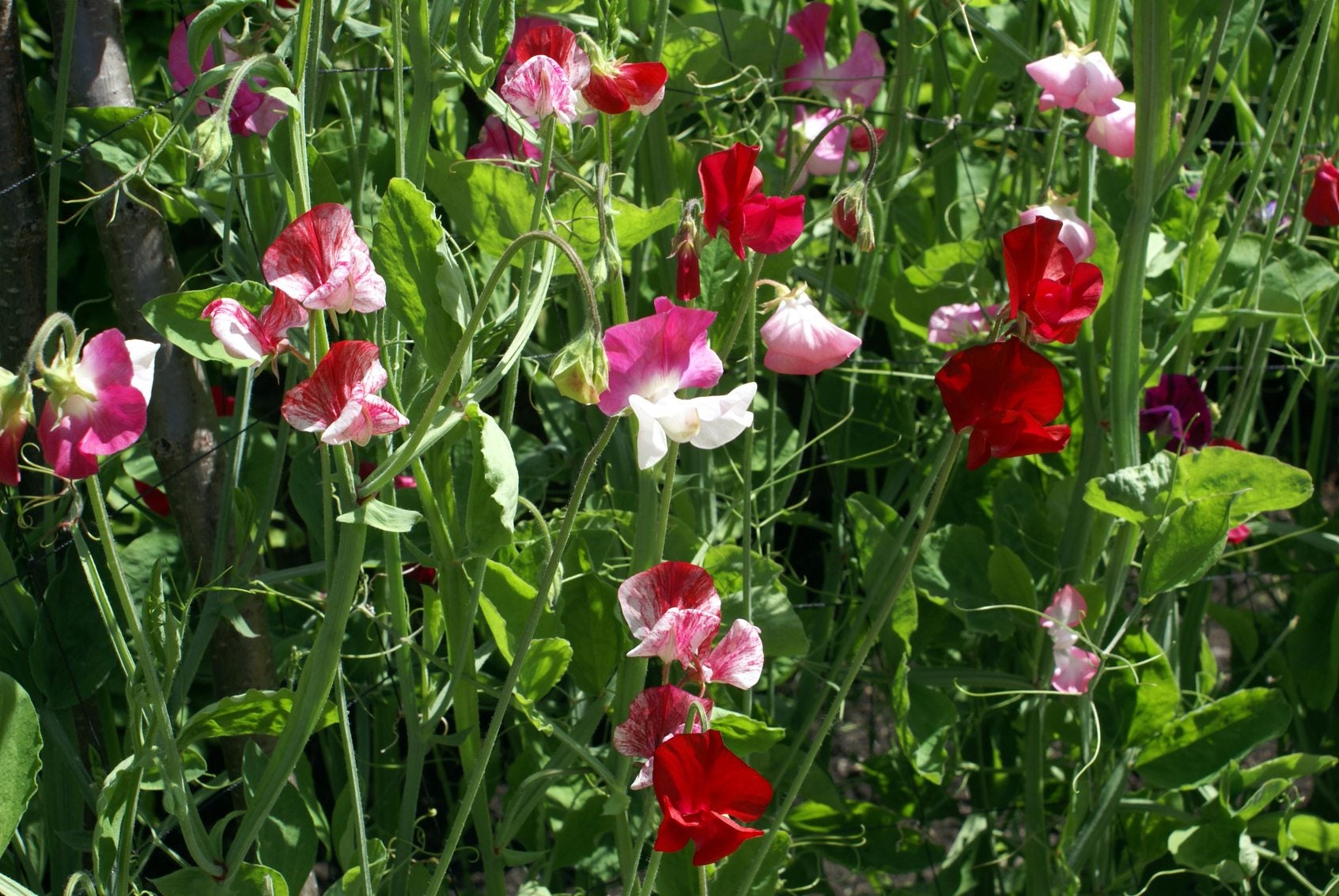 Why Don’t My Sweet Peas Flower – How To Get Sweet Peas Blooming
Why Don’t My Sweet Peas Flower – How To Get Sweet Peas BloomingMy sweet pea flowers are not blooming! It can be frustrating when you've done everything you can think of to help your flowers thrive, but they refuse to bloom. Let's look at a checklist of the requirements for a sweet pea to bloom in this article.
By Jackie Carroll
-
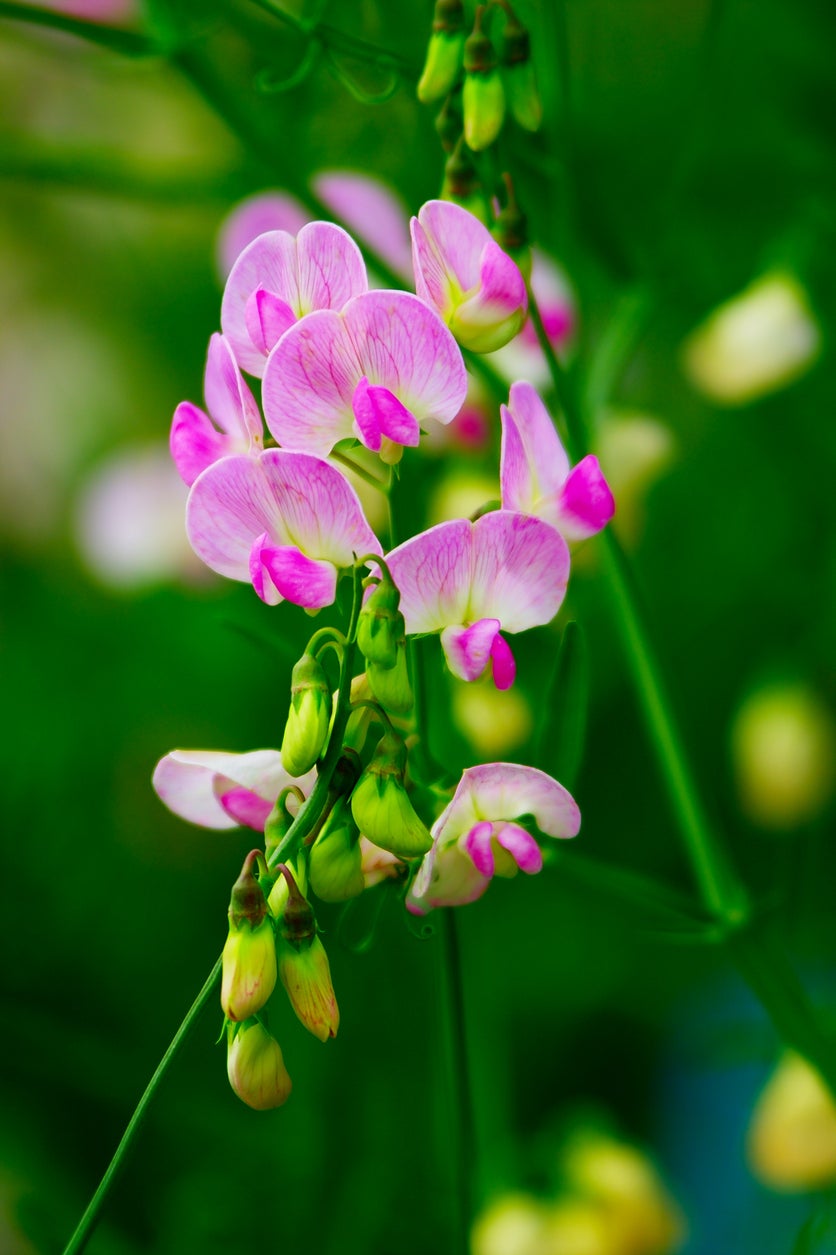 Container Grown Sweet Peas: How To Grow Sweet Pea Flowers In Pots
Container Grown Sweet Peas: How To Grow Sweet Pea Flowers In PotsWith their colorful and highly fragrant blossoms, sweet peas are extremely rewarding plants to grow. And, luckily, growing sweet peas in containers is also easy to do. Want to learn more about how to grow sweet pea flowers in pots? Click here.
By Liz Baessler
-
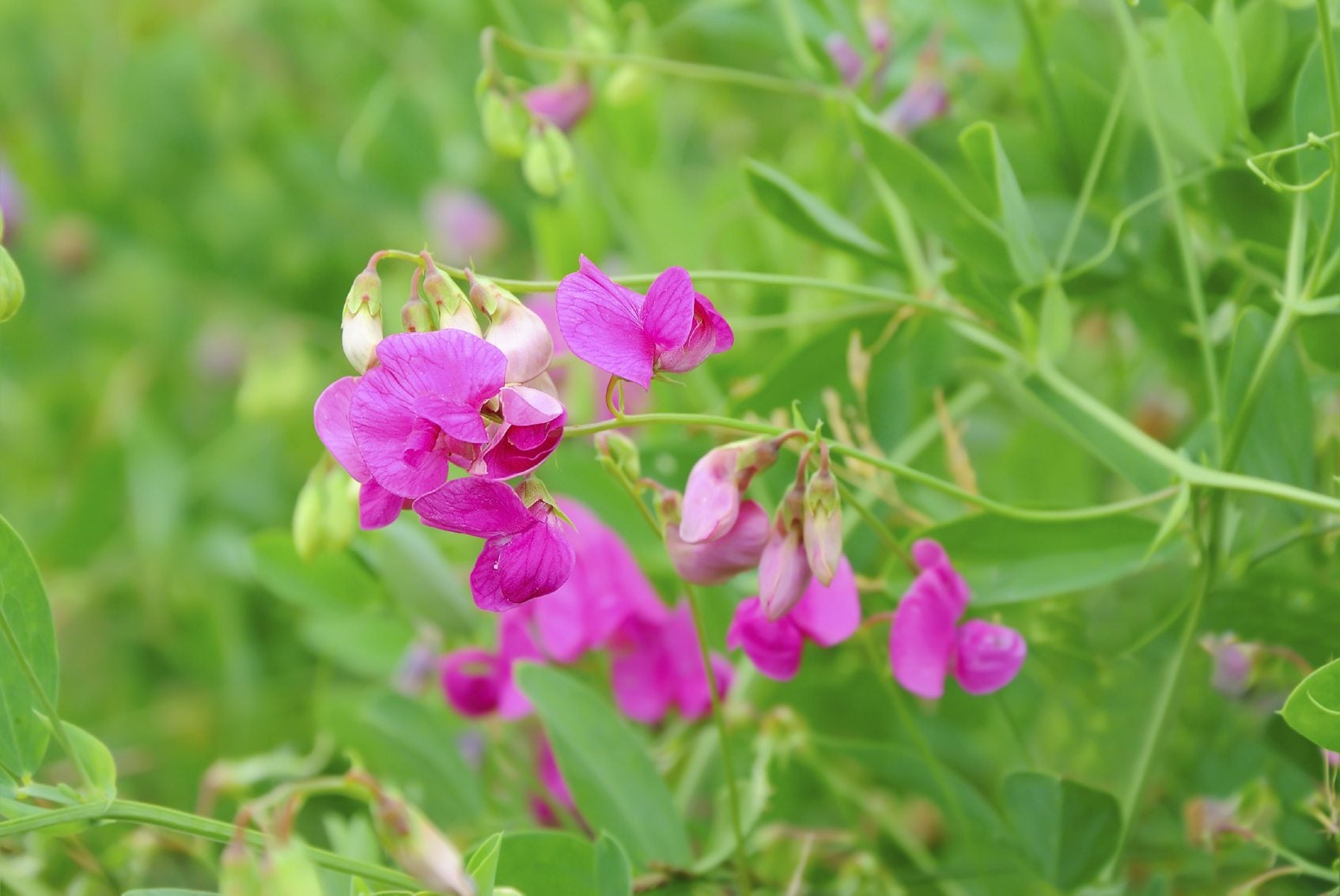 Sweet Pea Problems: Reasons For Sweet Pea Flowers Falling Off
Sweet Pea Problems: Reasons For Sweet Pea Flowers Falling OffIt's a common problem with sweet peas. One day the plants are loaded with buds that should open at any time, and the next day the buds are dropping off. Find out what causes bud drop and what to do about it in this article.
By Jackie Carroll
-
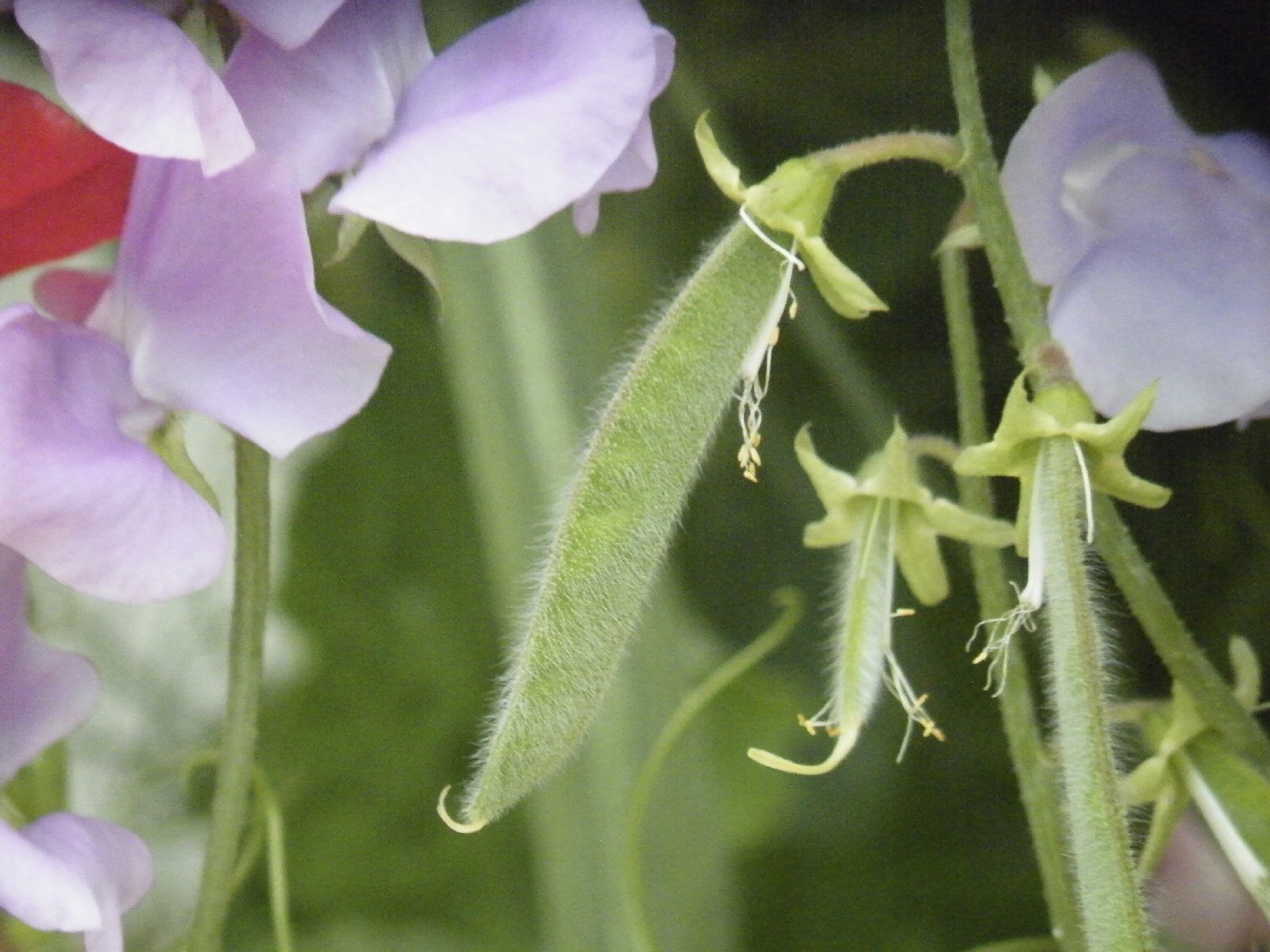 Sweet Pea Seedpods: Tips On Collecting Seeds From Sweet Peas
Sweet Pea Seedpods: Tips On Collecting Seeds From Sweet PeasSweet peas are one of the mainstays of the annual garden. When you find a variety you love, why not save the seeds so you can grow them every year? This article explains how to collect sweet pea seeds.
By Jackie Carroll
-
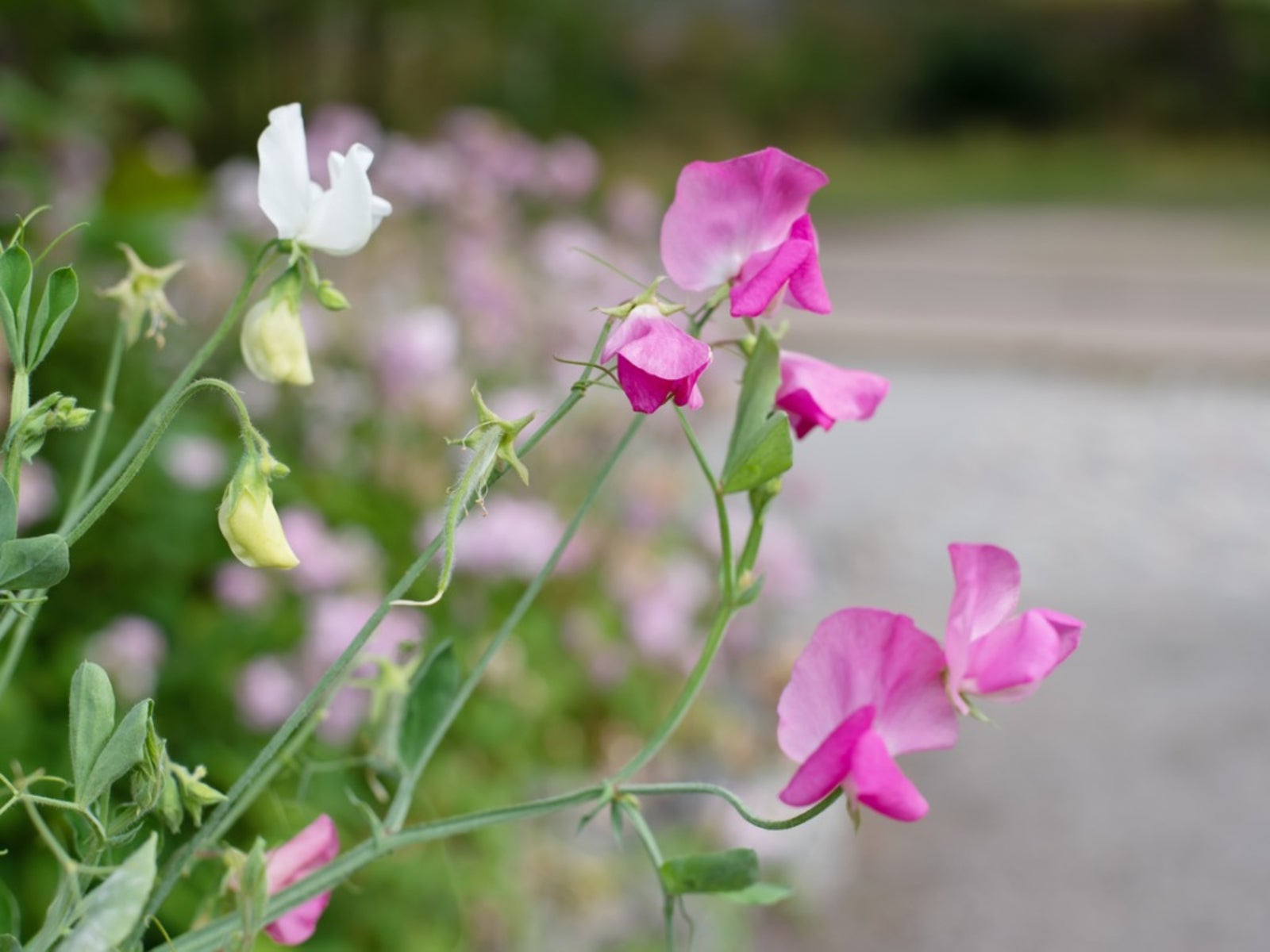 Care Of Sweet Peas - How To Grow Sweet Peas
Care Of Sweet Peas - How To Grow Sweet PeasThe sweet peas your grandmother grew truly deserved the name "sweet" because of their delightful fragrance. Taking care of sweet peas is easy. This article has tips that will help.
By Jackie Carroll
-
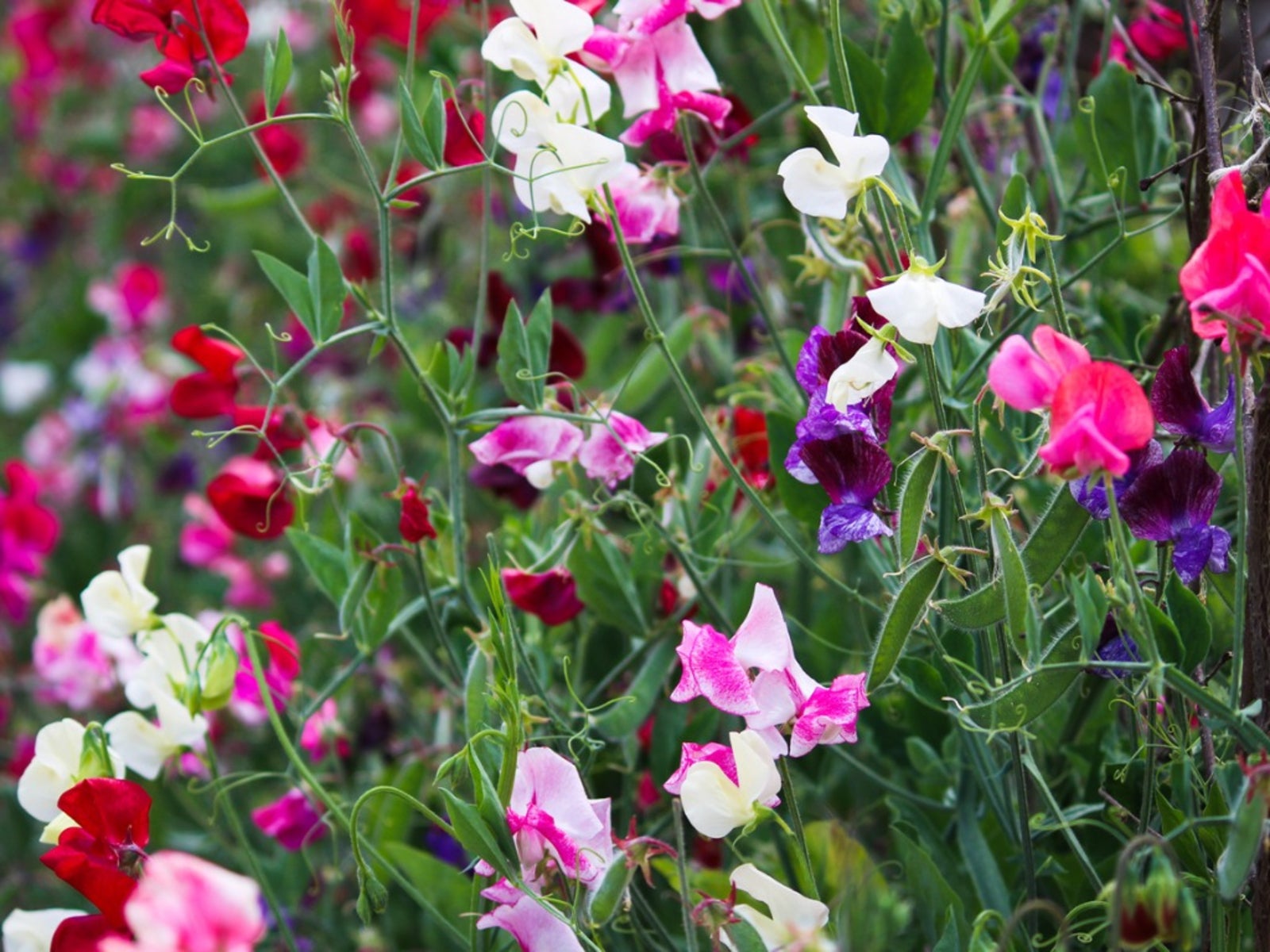 How To Pinch Sweet Peas For Fuller Plants
How To Pinch Sweet Peas For Fuller PlantsPinching out sweet peas will provide you with more blooms for cutting. It's one of the wonders of growing these delightful vines. The more blooms you cut, the more will grow. Learn more in this article.
By Jackie Rhoades